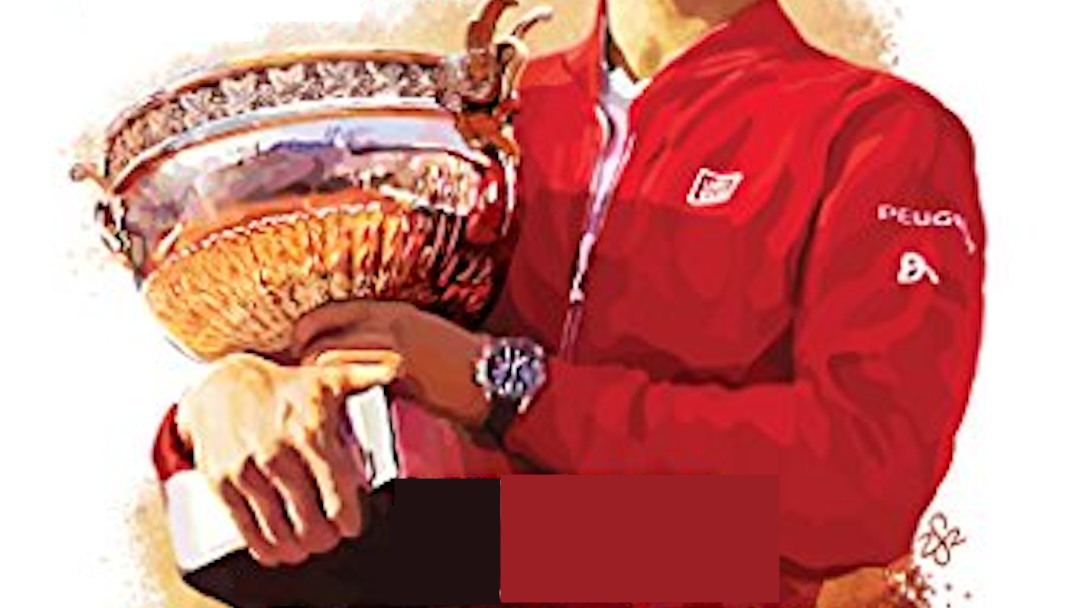Tennis Hits the Books
We are in the middle of a multipart examination on strategies and tactics for competitive tennis play. The first three weeks we have been focused on our own side of the court. All tennis players must have a deep understanding and awareness of their own strengths and weaknesses in order to develop strategies and tactics that work for them. Today we are shifting our attention to the other side of the net.
Previously, the classic business analysis technique of analyzing organizational Strengths, Weaknesses, and Opportunities, and Threats (SWOT) was used as a framework for discussing strategic tennis play. When evaluating the play of an opponent, their weaknesses are our opportunities. Similarly, our opponent’s strengths are their weapons that we would want to prevent them from deploying against us.
Ever since I have started writing about books each Thursday, I am struck at the relative old age of my favorite instructional books on tennis. I have been exploring whether I have unconscious bias toward the books from my formative tennis career. Alternatively, it may be true that it has been a long time since a really good new book for the tennis competitor has emerged. I am actively seeking suggestions for more recent titles on the subject.
In the meantime, I am writing about yet another book that is currently out of print. At least in this case there seems to be a few used copies floating around for sale on the internet. Total Tennis: A Complete Guide for Today’s Player by Peter Burwash enters the conversation in this series primarily due to the thorough and excellent treatment in Part II of the book, “Playing Your Opponent’s Court: The Strategy for the Total Game.” Burwash spends almost 100 pages on that topic.
If your focus is not on your opponent, you will never be a good tennis player.
Peter Burwash quote from Total Tennis: A Complete Guide for Today’s Player
One of the distinguishing content in the Burwash book outlines how players generally have the incorrect frame of reference for the warm up and opening games of the match. I have been guilty of this as well. Rather than an inward focus on how well the player feels and what shots seem to be working and not working, a great strategic player will be focused predominately on the opponent on the other side of the net.
In recreational competitive tennis, it is unavoidable that players may find themselves in matches for which there is no advanced scouting report. In addition, sometimes the scouting report received in advance of a match is flat out wrong. This can be due to faulty intel or perhaps the player has recently corrected a deficiency in their game. The ability to recognize what is happening on the other side of the net, coupled with the ability to develop and adjust tactics over the course of a match, is of critical importance.
Most sports fans are aware that in football, a team will spend the entire week prior to a game developing a game plan tailored to their upcoming opponent. Burwash makes a compelling case that tennis should be no different. Every player should have both a plan and a backup plan when starting any match.
One of the most enjoyable and compelling things about tennis is the competitive discourse between two players during a match. In a way, tennis is a series of challenges and responses as each player attempts to figure out a way to use their strengths to exploit their opponent’s weakness. At the same time they want to minimize their weaknesses and avoid their opponent’s threats.
Tennis is a fascinating dialog. A player that understands their own game and how to evaluate their opponent’s gives themselves the best opportunity to win that metaphorical debate. That is the secret to winning tennis.
 | Total Tennis: A Complete Guide for Today’s Player, Peter Burwash and John Tullius, 1989. |
Fiend At Court participates in the amazon associates program and receives a paid commission on any purchases made via the links in this article. Additional details on the disposition of proceeds from this source are available in the “About Fiend at Court” page.



